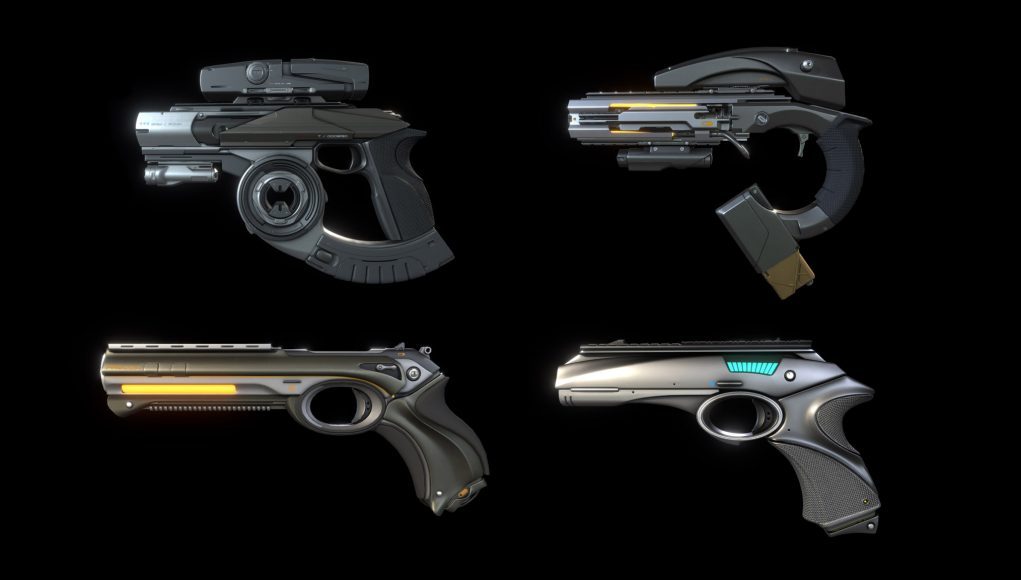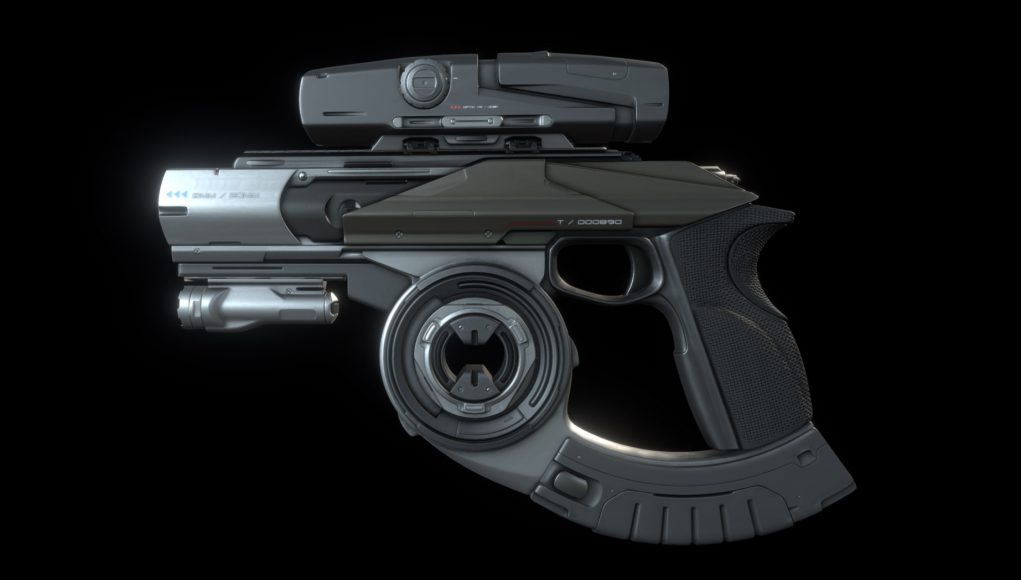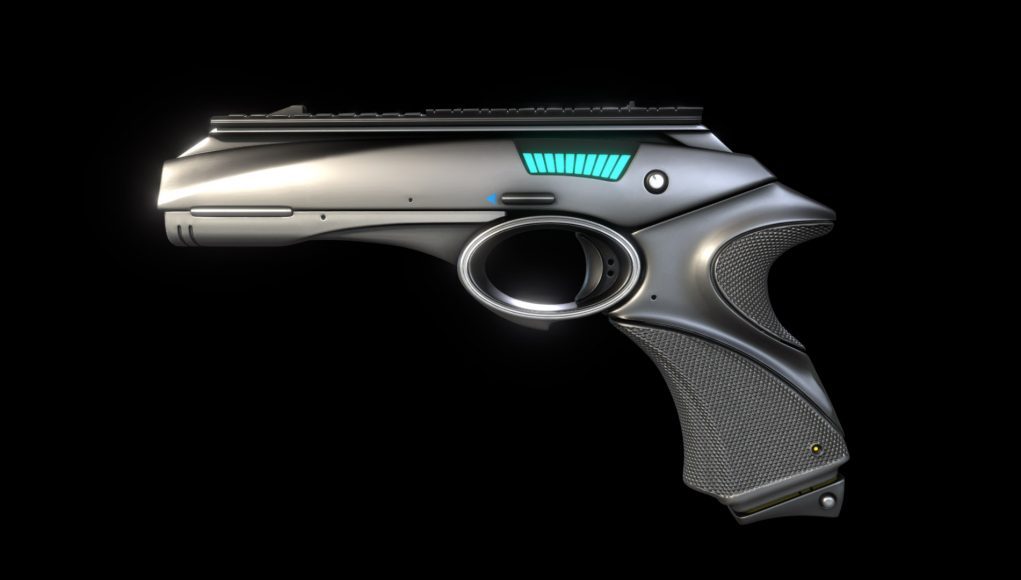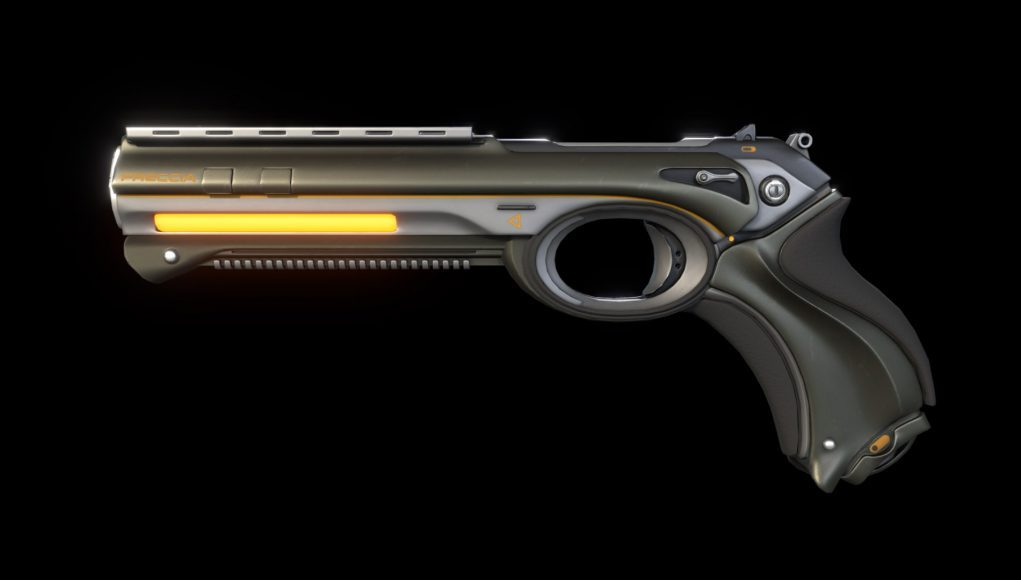Effortless Movement
Back at the start of development, more than two years ago, locomotion design for VR was even less well understood than it is today. The node-based teleportation system that the team chose for the game was relatively new at the time. Bloch says the choice for node-based teleportation was made knowing that they wanted to give the player the freedom to move around large virtual environments, but also be able to utilize their physical playspace without needing to maintain co-awareness of the real and virtual spaces.
“When we were starting out, obviously it was very early days. Everything [in VR game design] at that point was still experimental, everybody was still kind of doing all sorts of crazy things back then. We had tried a few [locomotion schemes] that Oculus had been playing around with, even in their internal studios that they were sharing,” he said.
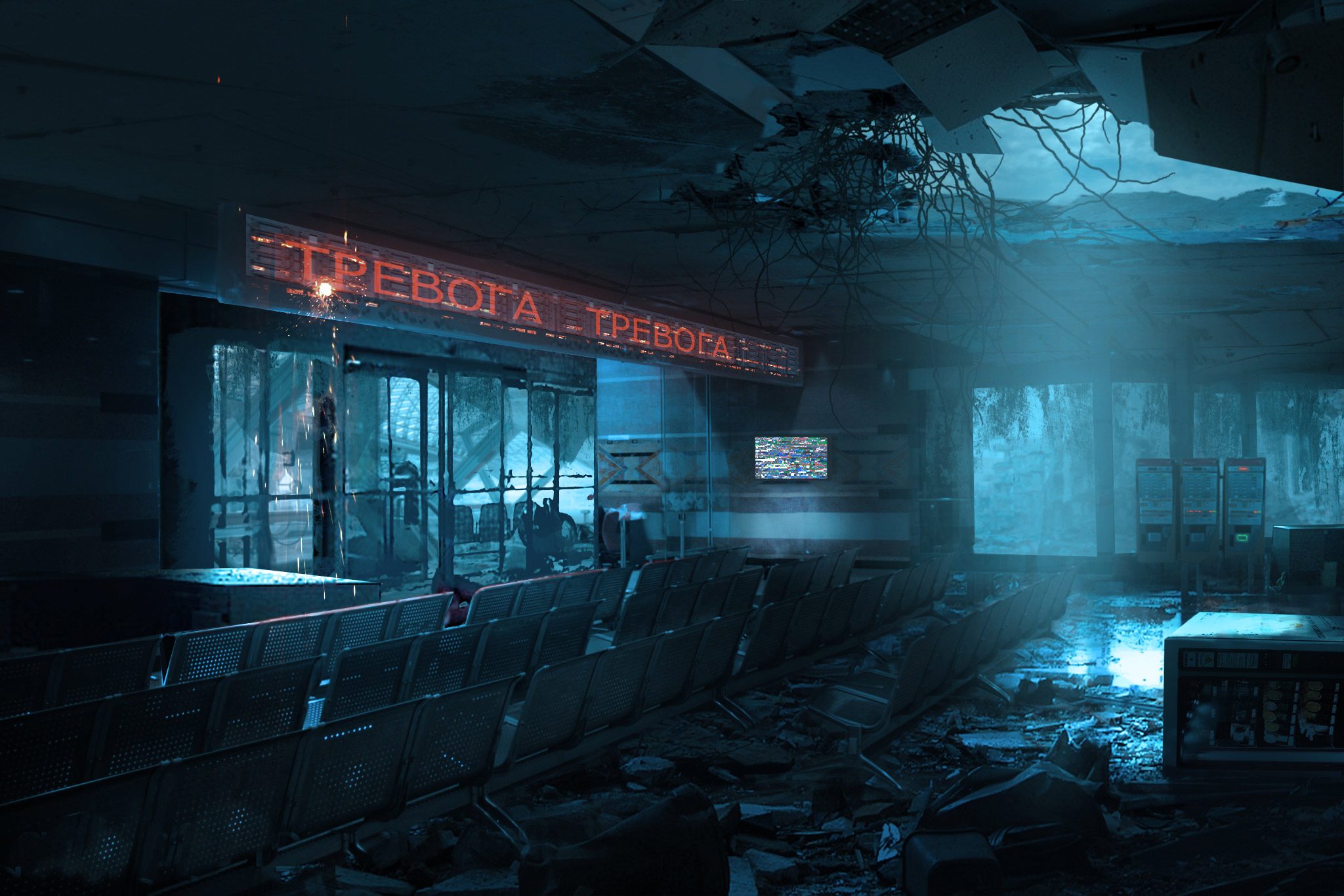
Players will find that when they teleport to the various nodes available to them within a given environment, their playspace will be anchored at a common point to that node, allowing them to physically move to nearby cover using their local physical space without needing to make little adjustments to their virtual position.
“[…] we wanted to utilize your playspace to take advantage of cover, and instead of having to think about moving, we wanted it to be a lot more instinctual, so like looking up and thinking ‘I want to go over there’ and then: blink, you’re there,” said Bloch “And then from that point on, you’re using your physical playspace to actually move your body around the objects that are there [for cover] instead of thinking ‘oh I want to go just a little bit further this way, or a little bit further that way’.”
Players with larger than the minimum playspaces, Bloch says, will be able to get some angles on enemies that smaller playspaces would not.
Guns.
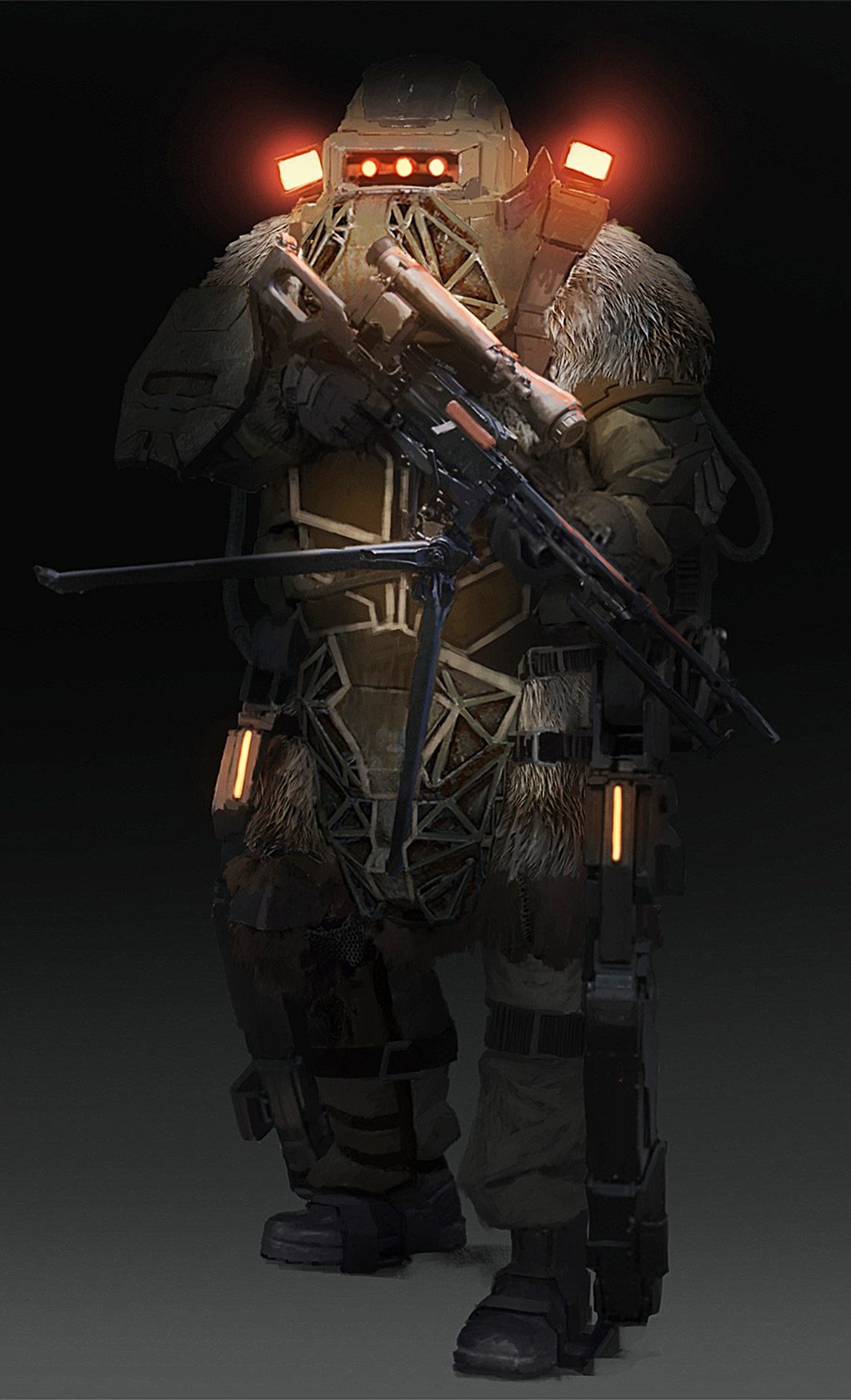
And of course with cover and shooting comes guns, something of a specialty for 4A Games. While the Metro weapons are largely gritty, improvised affairs, the weapons in Arktika.1 are streamlined and elegant. It’s clear just from seeing and handling the game’s weapons that a significant amount of thought went into crafting their sleek lines and varying capabilities.
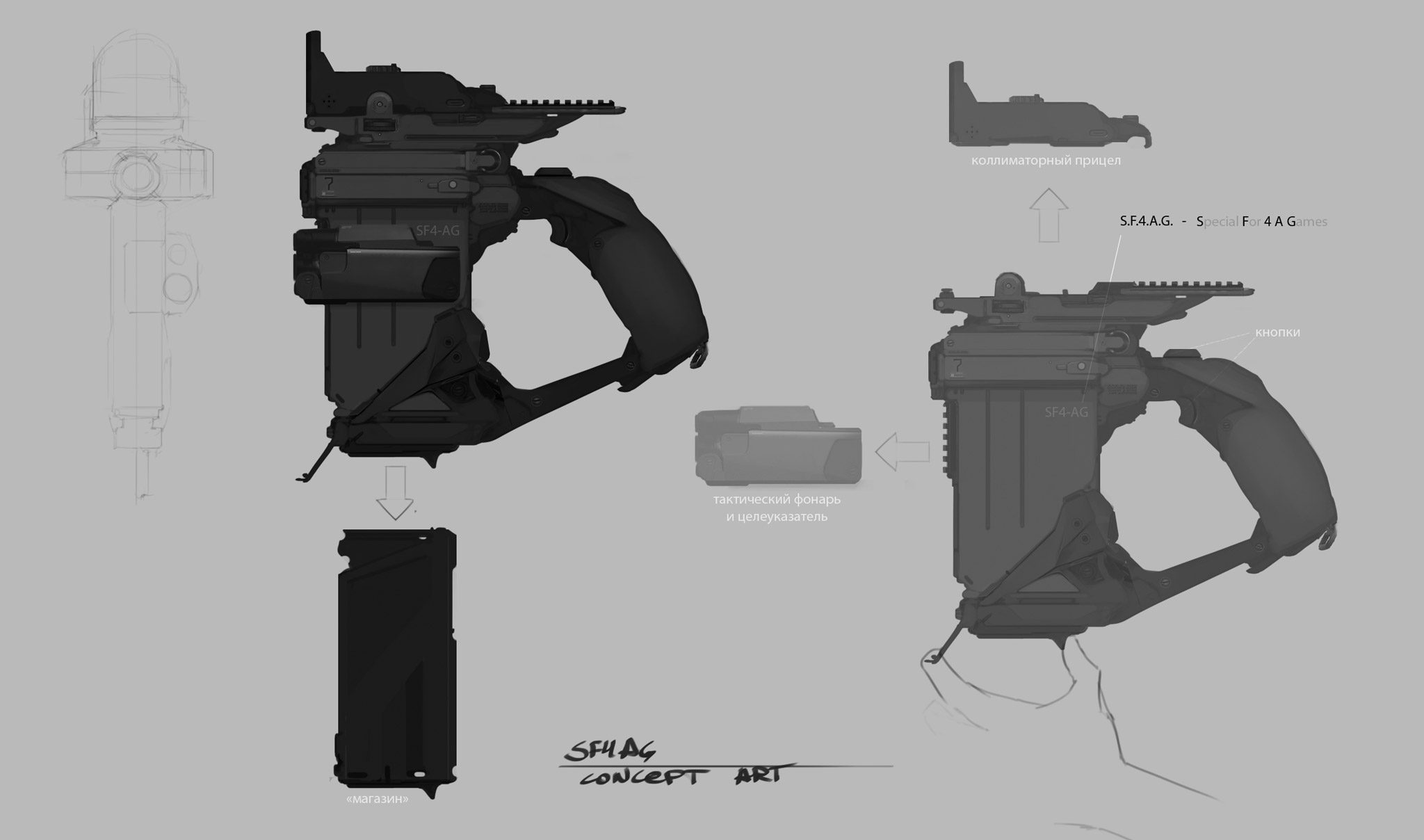
“Initially a lot of [the weapon design] was based on coming up with different ideas that were fun to hold and fun to use… initially we had a lot of pistols or laser guns, and we wanted to make them more unique and different. And so we started to try to find unique ways that we could pull them away from each other [with regards to functionality],” Bloch told me. “Like the Carver weapon [which can curve bullets around enemy cover], it’s definitely one of the shining examples of how we want to make things different.”
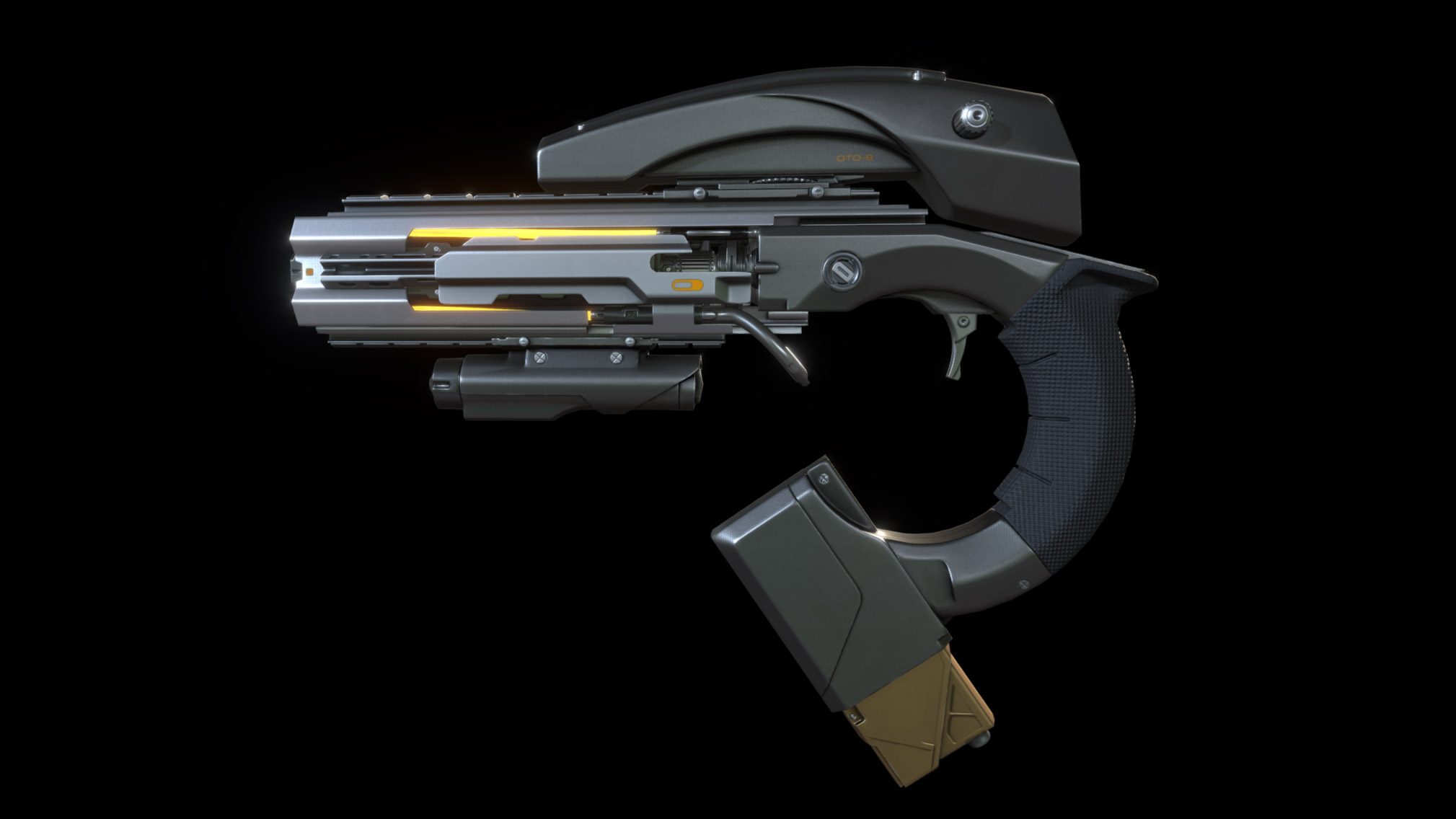
Of the 10 weapons players will have access to throughout the game—many of which have a range of attachments to augment their capabilities—all of them are single-handed, ranged weapons. Bloch tells me this was an intentional design choice after experimenting with melee and two handed weapons (including a bow).
“That was one of the things that we made a decision on early on… with [our goal of making the game] grounded in reality and really selling the immersion—the really thick atmosphere, and really feeling like you’re there—we wanted every interaction to also feel really realistic,” he said. “We weren’t really fond of a lot of the two-handed interactions because you don’t have anything physically constraining your hands to feel like you’re actually holding both parts of that item. Some other games recently have done that well, but it still feels a little bit… it’s not quite as realistic as we’d like it to be because you don’t have that physical constraint there.”

